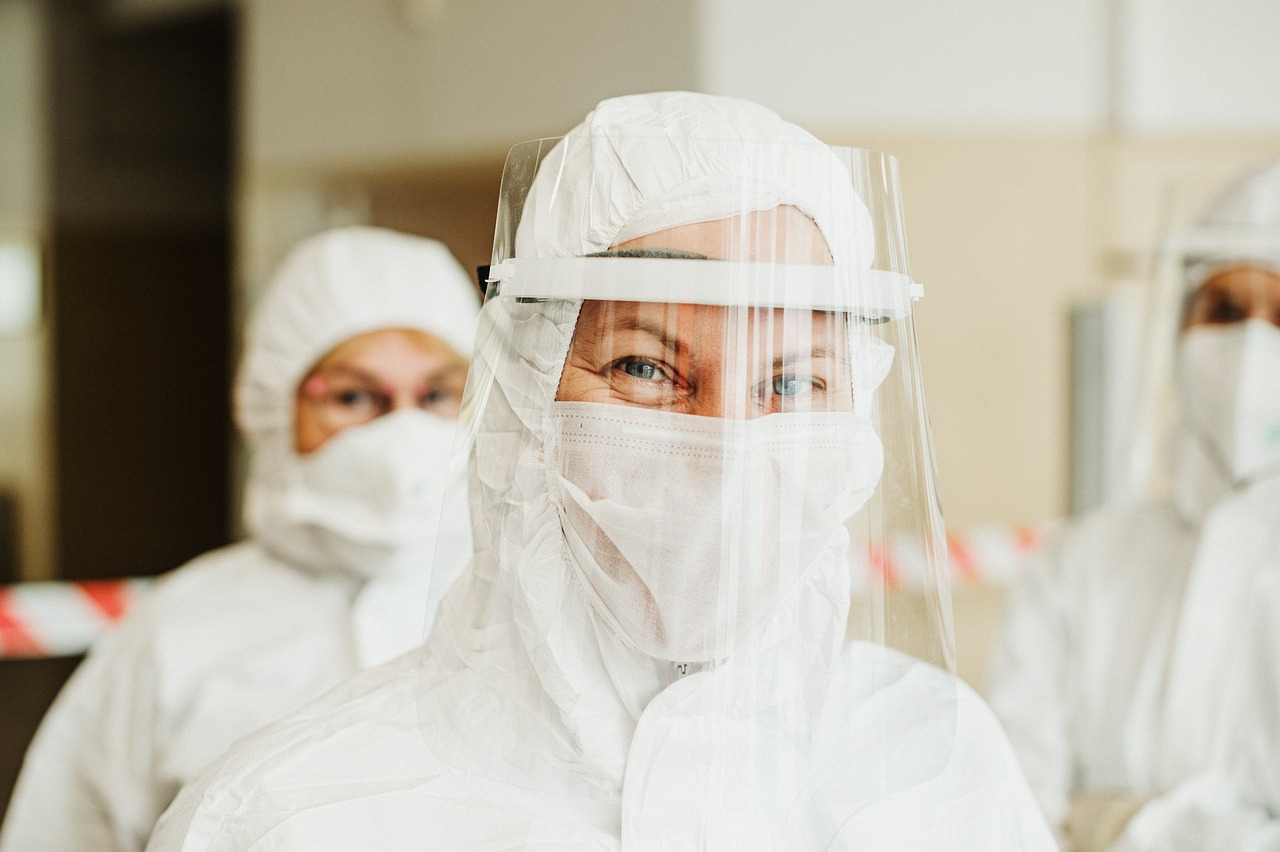The worldwide population is growing, and so is the threat to food security. The world population is projected to reach 9.8 billion by 2050 and 11.2 billion by 2100. Worldwide scientists are working to find ways to increase food production.
Now, new research suggests a way to increase food production by over 50% and feed a projected population by 2050.
According to a new study, future global food production problems could be solved by Cultivating marine algae on land-based farms. Researchers from Cornell University, U.S. propose that Protein-rich microalgae could be the answer to food insecurity.
Researchers have shown that nutrient-rich, protein-rich microalgae (single-celled) could be grown in high volumes in new onshore aquaculture farms.
Sustainable food production
Because of climate change, the issues such as lack of arable land, scarcity of fresh water, and environmental degradation will impact food production in the coming decades.
Charles Greene, at Cornell University, said, “We just can’t meet our goals with the way we currently produce food and our dependence on terrestrial agriculture,”
The paper asserts these microalgae farms would reduce deforestation and require no soil or fertilizer. These farms would be grown in aquaculture systems that are fed by seawater but are located on land. As a result, these will enhance environmental sustainability.
“We have an opportunity to grow food that is highly nutritious, fast-growing, and we can do it in environments where we’re not competing for other uses,” explained Greene. “And because we’re growing it in relatively enclosed and controlled facilities, we don’t have the same kind of environmental impacts.”
Researchers found that the best-suited land for these farms would be across the coasts of northern Australia, eastern Africa, and the northwest of America.
“Algae can actually become the breadbasket for the Global South,” Greene added. “In that narrow strip of land, we can produce more than all the protein that the world will need.”






